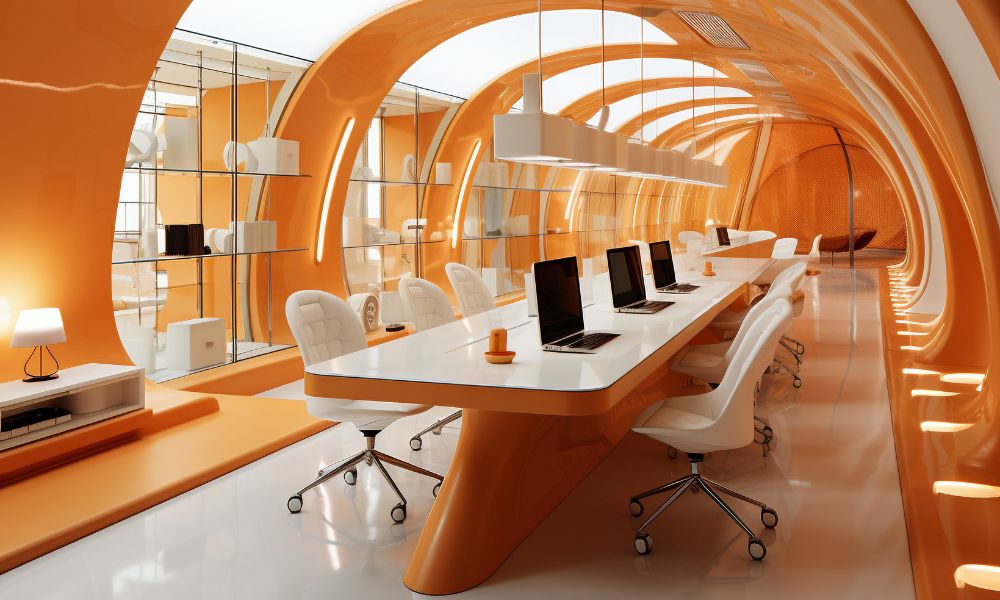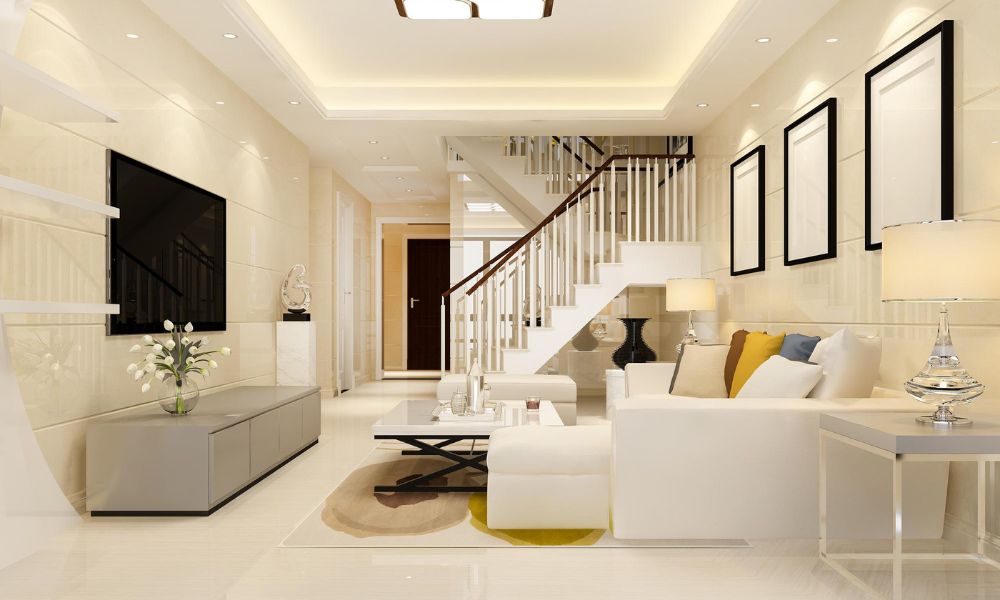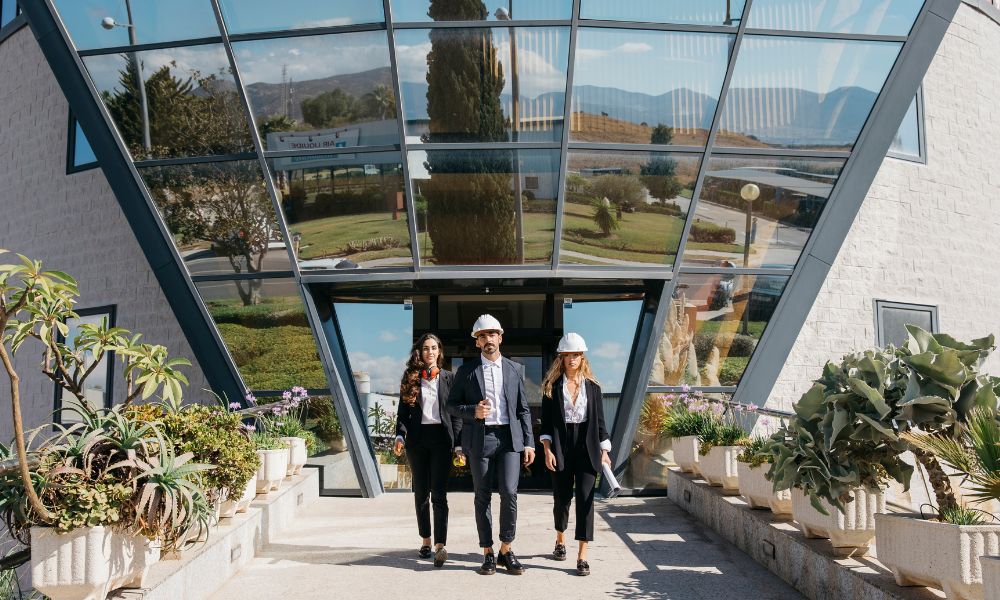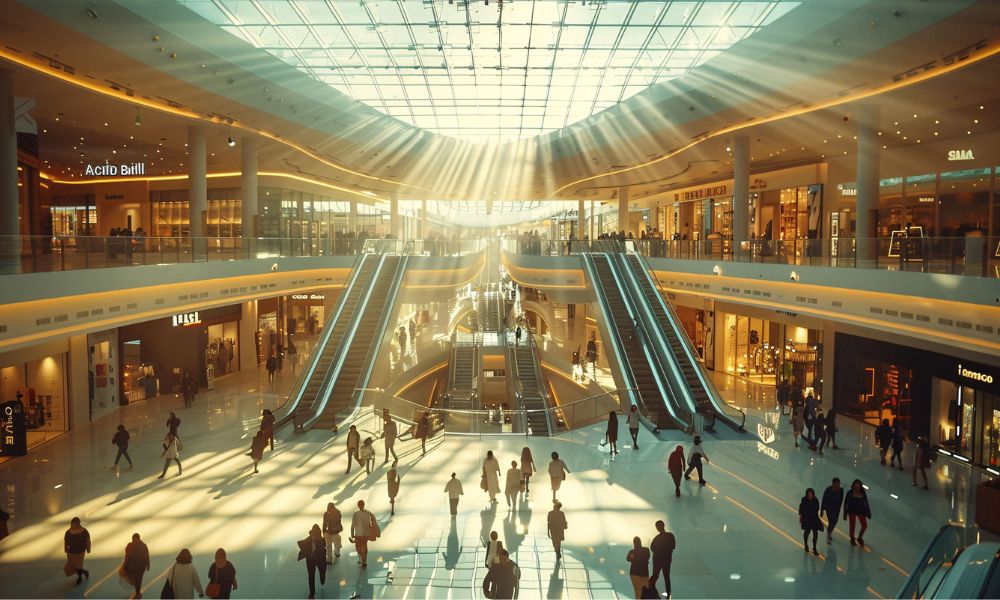Concrete is no longer viewed as a plain, utilitarian material. In modern architecture, it has evolved into a medium of artistic expression, giving rise to sculptural concrete—forms that are functional, durable, and visually stunning. By experimenting with textures, finishes, and innovative techniques, architects transform concrete into a versatile design language that shapes how people experience spaces.
This article explores the rise of sculptural concrete, its applications, technological innovations, sustainable approaches, and case studies that highlight its transformative role in contemporary architecture.
The Rise of Sculptural Concrete Design
The demand for sculptural concrete design stems from its unmatched versatility. Unlike traditional linear construction, concrete can be molded into expressive forms that engage light, shadow, and human perception. Architects are increasingly exploring:
- Textural Innovation: From exposed aggregate to patterned formwork, texture creates depth and visual intrigue.
- Form Exploration: Free-form and parametric surfaces break away from rigidity, allowing fluid, organic shapes in both interiors and exteriors.
- Material Experimentation: Pairing concrete with glass, wood, or steel produces multisensory architectural experiences.
Sculptural concrete embodies modernity while pushing the boundaries of structural design.
Polished Concrete: A Fusion of Beauty and Functionality
Among the many techniques, polished concrete stands out for its balance of performance and visual appeal. With its sleek, reflective surface, polished concrete enhances lighting efficiency, reduces maintenance costs, and withstands heavy traffic.
Technical Process
Polishing involves several grinding stages with diamond abrasives, followed by densification and sealing. This process enhances:
- Surface hardness
- Resistance to scratches and stains
- A smooth, uniform finish
Benefits for Architects and Clients
- Long life span with minimal maintenance costs
- Reflective qualities that amplify natural light
- Compatibility with in-floor heating or embedded LED lighting systems
Polished concrete transforms ordinary floors into dynamic surfaces that merge Beauty of Concrete in Architecture.
Landmark Case Studies in Sculptural Concrete
Several globally recognized projects showcase the potential of sculptural concrete architecture:
- The Broad Museum, Los Angeles (Diller Scofidio + Renfro)
Its honeycomb-inspired precast façade interacts with light, while polished interiors create a dialogue between sculpture and function. - Walt Disney Concert Hall, Los Angeles (Frank Gehry)
Polished concrete floors contrast Gehry’s stainless-steel curves, delivering elegance with structural efficiency. - Serralves Museum, Porto (Álvaro Siza)
Minimalist polished concrete interiors harmonize with the surrounding landscape, proving that simplicity can express profound architectural storytelling.
Each case illustrates how sculptural concrete enhances both aesthetics and usability.
Technology Transforming Sculptural Concrete
Advancements in digital tools have revolutionized concrete design, enabling unprecedented precision and creativity.
- 3D Parametric Modeling: Architects design complex geometries and fluid curves impossible with traditional methods.
- CNC-Milled Formwork: Allows intricate detailing and customized surface patterns.
- BIM (Building Information Modeling): Ensures seamless collaboration between design, engineering, and construction.
- Virtual Reality (VR) & Simulation: Offers immersive previews, allowing real-time design adjustments.
- AI-driven Insights (NLP & LSI tools): Optimize material usage, energy performance, and design visibility.
Technology ensures that sculptural concrete is not just expressive but also efficient and precise.
Sustainability in Sculptural Concrete Design
While concrete has often been criticized for its carbon footprint, sustainable innovations are reshaping its future. Architects now integrate:
- Low-carbon cement and recycled aggregates
- Prefabricated modular systems to reduce waste
- Energy-efficient production techniques
- Designs that maximize natural ventilation and daylight
Sustainable practices ensure that sculptural concrete projects are environmentally conscious while remaining visually iconic.
Sculptural Concrete as an Artistic Medium
Concrete’s adaptability makes it a unique canvas for architects. It allows storytelling through form, shadow, and space. Whether it’s a curved façade that interacts with sunlight or a textured wall that invites tactile exploration, sculptural concrete engages the senses on multiple levels.
By merging structure and art, it transcends being “just a building material” and becomes an integral part of architectural identity.
Open Architect Studio’s Approach
At Open Architect Studio, we embrace sculptural concrete as a powerful tool to design spaces that inspire, endure, and communicate. Our approach combines:
- Creative expression through experimental forms
- Cutting-edge technology for precision and efficiency
- Sustainable practices for long-term responsibility
- Client-centered design that reflects unique identities
Our goal is simple: to push the boundaries of what concrete can achieve, delivering environments that stand as both functional spaces and works of art.
Sculptural concrete has redefined the role of concrete in modern architecture. No longer limited to structure, it now bridges engineering, art, and sustainability. From polished interiors to expressive façades, it proves that concrete can be both durable and poetic.
By leveraging advanced technologies, sustainable materials, and innovative design thinking, architects are crafting spaces that captivate, endure, and inspire.




